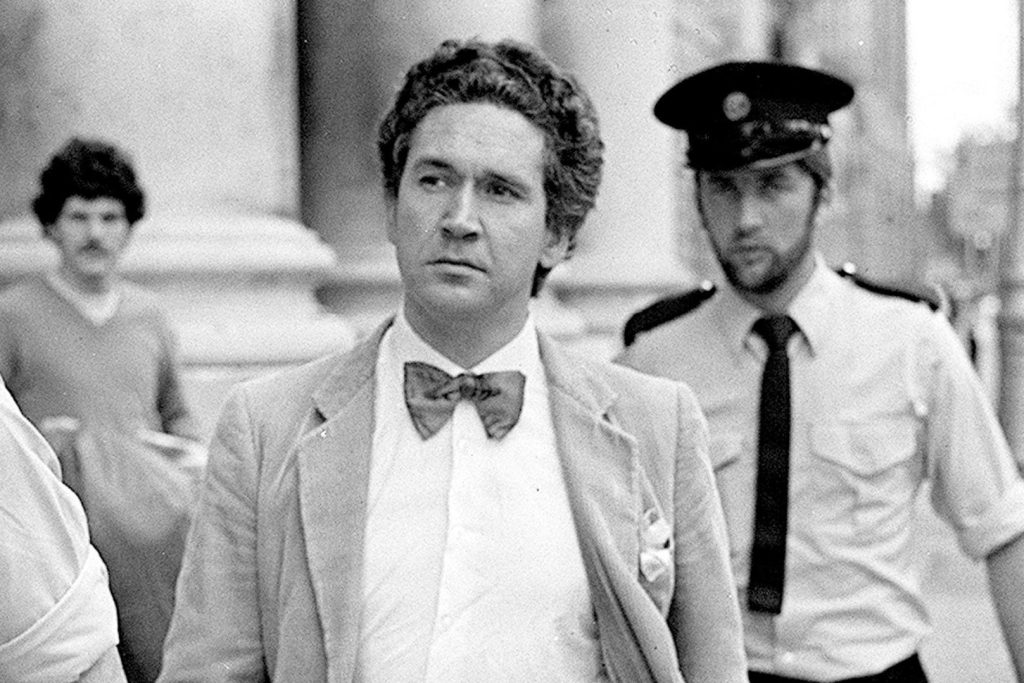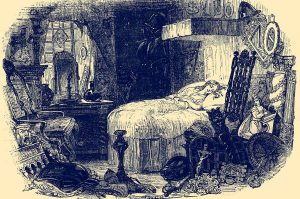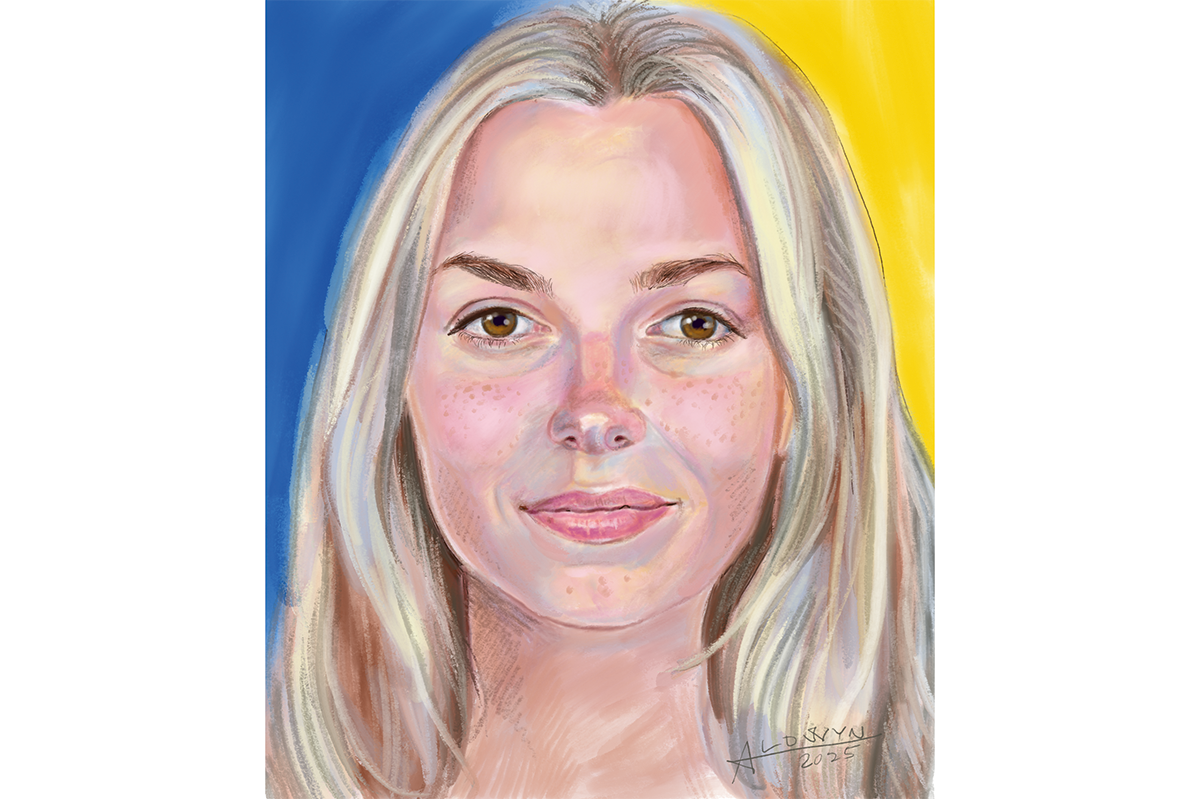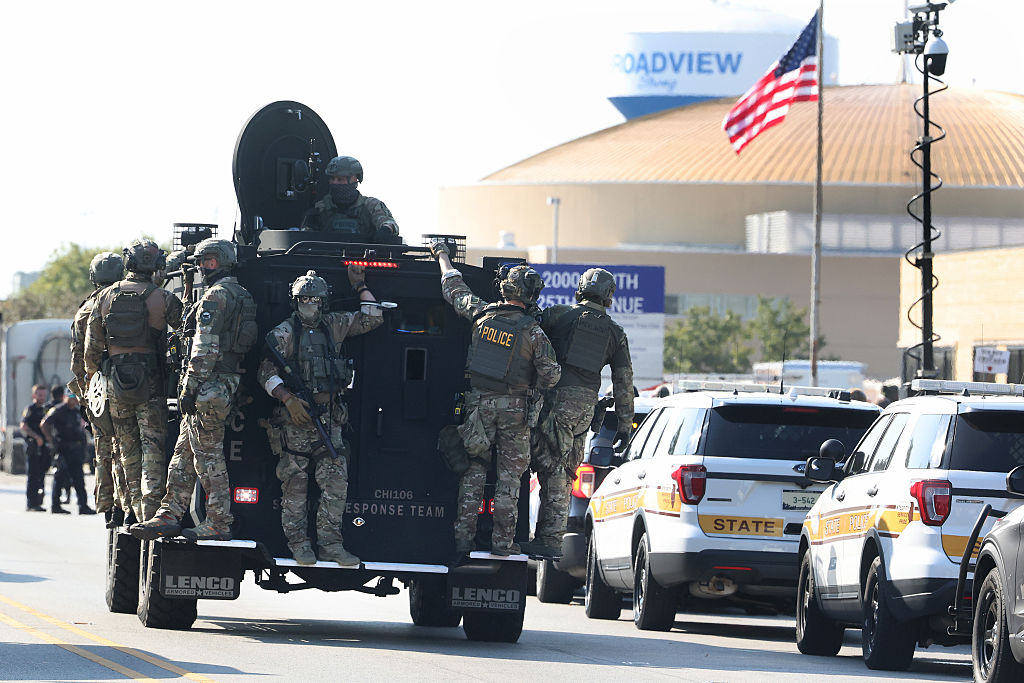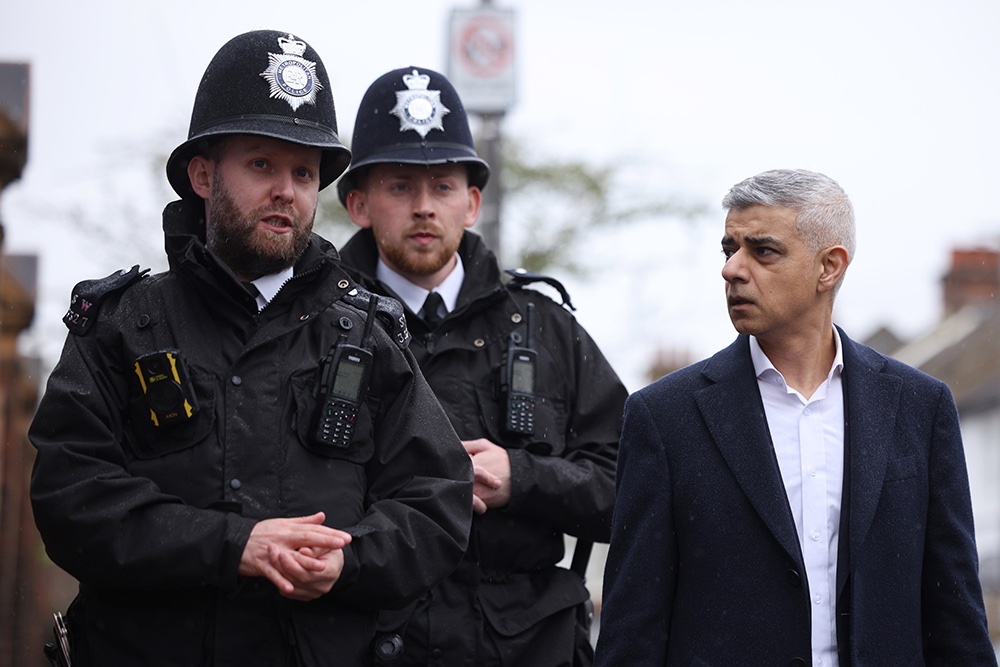Mark O’Connell was three years old when Malcolm Macarthur — a silken-tongued toff in a bow tie — went on his killing rampage in 1982, and thirty-three when he was released from prison in 2012. Eight years later, when he began this book, O’Connell describes stalking Macarthur around Dublin in the hope of securing the kind of interview that would cause Ireland’s most famous murderer to “tremble in terror and awe at the moral magnitude of his iniquity. I wanted to witness the breaking down of his ego defenses, the revelation of some terrible emotional truth within.” His ambition recalls that of the Romantic essayist Thomas De Quincey, in relation to another dandy killer: “There must be raging some great storm of passion — jealousy, ambition, vengeance, hatred — which will create a hell within him; and into this hell we are to look.”
O’Connell got both more and less than he bargained for. Despite many hours of startling interviews, it is the mind of the writer and not the murderer we are invited to explore.
Macarthur has been written about before of course, in mile upon mile of reportage and also by John Banville in The Book of Evidence, where he is cast as the unreliable narrator, Freddie Montgomery. It was through Banville’s novel that O’Connell came to be interested in Macarthur as a subject, and A Thread of Violence, in which he plays another unreliable narrator, is concerned with the whole business of turning murderers into colorful “characters” — particularly in the genre of true crime — while their featureless victims fade into obscurity.
The Macarthur case, as O’Connell makes plain, is threaded through with so many fictions that it is important to establish the unbelievable facts. Malcolm Macarthur, the only son of a violent father and a stone-cold mother, was born in 1945 and brought up in a big house in County Meath. Unusually for landowners in Ireland, the Macarthurs were not English Protestant settlers but Scottish Catholics who had come over from Lanarkshire in 1907. Macarthur was nonetheless raised with a colossal sense of entitlement. The purpose of his life, he explained to O’Connell, was to pursue his many interests, which meant tolerating no interruption to his leisure time. This was the logic behind his decision, when his inheritance ran dry, to commit armed robbery rather than find a job.
Pulling off the heist required the use of a car and a gun, neither of which he owned, so he stole the car of a twenty-seven-year-old nurse called Bridie Gargan who was sunbathing in Phoenix Park, and in doing so bludgeoned her skull with hammer blows. Bleeding to death in the back seat while Macarthur made his getaway, Bridie desperately tried to attract the attention of passing vehicles, which is how an ambulance, assuming that Macarthur was racing to Accident and Emergency, came to escort the murderer through the city, lights flashing and sirens blaring.
Dumping the car and the dying Bridie, Macarthur went to County Offaly to buy a gun from a young farmer, Donal Dunne, whose face he then blew off. Next he parlayed his way into a swanky house called “Camelot,” overlooking Dublin Bay, whose owner, Harry Bieling, he held at gunpoint. Bieling escaped, reporting the incident to the gardaí. Macarthur then telephoned Bieling to explain that it had all been a joke and told the gardaí, giving his real name, to drop any charges against him, before going into hiding in the Dalkey apartment of his old friend, Patrick Connolly, who happened to be the attorney general. It was here that he was arrested on August 13, 1982, the day Connolly’s career also ended and the downfall of the Taoiseach, Charles Haughey, began.
Notes found after his arrest suggested that Macarthur was also planning to electrocute his mother, added to which he may have killed his father, who died in the 1970s in “suspicious circumstances” and was buried without an autopsy (it was after his father’s death that Macarthur received the £70,000 inheritance he had squandered by 1982).
The trial, in which he pleaded guilty, was over before it had begun. He served time only for the murder of Bridie Gargan; it was deemed unnecessary to charge him for the additional murder of Donal Dunne. His thirty years in a low-security prison provided Macarthur with the leisure time he had wanted in the first place; he was at last able to live the life of the mind without worrying about money.
After his release, he returned to Dublin where he pursued the cultural attractions of the city. On one occasion he turned up for a talk that John Banville was giving. Seeing the murderer in the audience, Banville made a swift exit; but Macarthur stayed on for the drinks reception, where he was mistaken for Banville himself.
The problem with this material, O’Connell concedes, is that it reads like black comedy rather than the “story about class and Irish history… cruelty and repression” that he wanted to write. Plus the central character doesn’t make any sense; he is a motiveless malignity, a hellkite confounding human understanding. All attempts to unravel the reasons behind his “criminal episode,” as Macarthur quaintly refers to the murders, are like nailing jelly to the wall.
Dismissing O’Connell’s suggestion that he had an unhappy childhood, Macarthur insists that his upbringing was impeccable, that he was not a “natural criminal” but a murderer of a “particular class.” Common criminals kill for pleasure, but Macarthur — not unlike O’Connell himself — was a gentleman, an intellectual, a man of parts. He tells O’Connell:
You must remember that this was a financial situation. It wasn’t what you might call irrationality or lack of control. There was a problem to be solved. And you might well ask, well, why solve it using this particular technique? And that’s a legitimate question. But it wasn’t an act of madness.
So the months roll by and the conversations, in which Macarthur endlessly contradicts himself, draw to an end. But instead of falling to his knees before God like Raskolnikov in the final pages of Crime and Punishment, Macarthur remains, O’Connell notes, like Patricia Highsmith’s Ripley, who “detested murder unless it was absolutely necessary.” Meanwhile, Macarthur’s self-image chimes more and more with what De Quincey called, in his essay “On Murder as a Fine Art,” the “dilettante in murder.” He does not express remorse, he explains, as “a matter of style,” having been raised to see “excessive emotionality” as being in poor taste. “If there is such a thing as a criminal dilettante,” O’Connell concludes, “that is what Macarthur is.”
The similarities between the author and the murderer are striking, as O’Connell notes with increasing discomfort. Both come from comfortable backgrounds, both want quiet lives devoted to study, both are dispassionate about the art of murder, both struggle to humanize the victims. O’Connell writes:
My tendency to think of Macarthur as a character, and of his crimes as constituting a bizarre and compelling story of human perversity… was itself a kind of heartlessness. Because if Macarthur was a character, and his crimes were a story, then his victims were necessarily characters too, and secondary ones at that. My work, in this way, was permeated with a cold and methodical violence.
When it comes to himself as a character, O’Connell paints a murky picture of a shady figure, the sort who tucks his three-year-old into bed before pursuing a man who is “the very worst thing that could possibly happen to me and to the people I hold close.” While his self-portrait is well executed, O’Connell is another unreliable narrator. A Thread of Violence is shot through with silences: there is no mention in these pages of the classic texts that O’Connell builds on and against which his own work will be evaluated. It is as if Truman Capote’s In Cold Blood or Janet Malcolm’s The Journalist and the Murderer had never existed, despite the fact that Malcolm’s famous opening paragraph about the ethics of journalism is O’Connell’s entire premise.
As for Malcolm Macarthur, the Irish Humbert Humbert with the fancy prose style, he will go down as one of the great literary copycats.
This article was originally published in The Spectator’s UK magazine. Subscribe to the World edition here.



